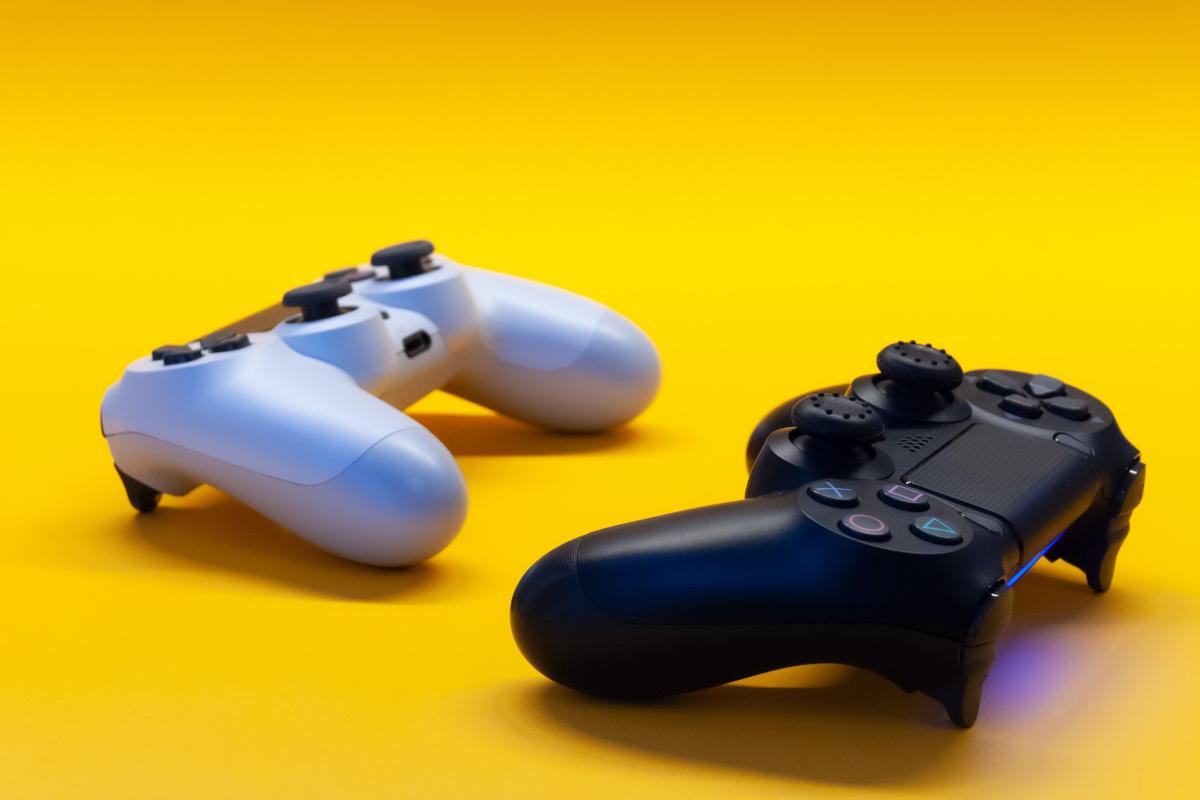In 1981, Nintendo launched a new video game featuring a giant barrel throwing ape named Donkey Kong, holding a woman named Pauline, hostage. The objective was to navigate a number of levels, dodging the barrels, controlling a character called Jumpman.
Jumpman, sometimes also called Mr. Video was finally renamed to one of the biggest names in video game history - a name synonymous with childhoods spanning generations; Mario.
Unlike many video game characters, Mario has persevered and today is still a dominant force within the games as well as an incredibly valuable franchise for Nintendo. In fact, Mario is so popular, an entire theme park about him is soon set to open.
You could argue the secret to Mario’s success is simply down to the quality of the games he has featured in, or the advertising that’s run over the past four decades. While these are clearly relevant factors, there’s one more striking, more important factor at play: reinvention.
Of all the games manufacturers, Nintendo has continually looked at ways to reinvent itself by both innovating and tapping into wider-culture.
Gaining cultural insights in other major parts of the world has had tremendous value for Nintendo, helping them recognise when to modify a product in order for it to blend and fit in with certain cultures.
For example, Mario easily assimilated into American culture since he was marketed as an ordinary citizen everyone could relate to, and in 1990, a survey conducted by Marketing Evaluations found Mario was more recognised by children than Disney’s flagship mascot; Mickey Mouse.
While there have been a few howlers along the way, like the Virtual Boy and the Super Mario Bros movie, on the whole, Nintendo has consistently sought to ensure relevance to the next generation of gamers.
The other clever thing also about how the business has remained true to its core mission; providing people with a ‘world of fun’.
It’s meant that no-matter the newest piece of technology - from the infra-red gun on the original NES for Duck Hunt, to the 3D screen on the 3DS, to the creative use of cardboard and string for its LABO games on the Switch, everything has been rooted in delivering a world of fun to the players.
There are a few obvious brands that are extremely good at reinvention – the most-obvious example being Nike, which has constantly and consistently innovated through its products and its wider ecosystem (Nike+). And while Nike has used innovation to make progress, the brand has always stayed true to it’s core purpose of enabling everyone to become an athlete.
Many brands aren’t so great at this - especially in B2B. It’s not for the want of trying, but the lack of willingness to understand and embrace cultural nuance means many marketing defaults to the same tired formula of ‘faster, better, cheaper’ a formula where the only output is bland and vanilla.
And yet, a formula that is only one of safety and cautiousness is quite possibly the most dangerous stance any brand can adopt, because people and culture don’t work like that. Safe and cautious means falling behind, and in some instances, a rapid descent into irrelevance where the only options are survival –Nokia for example or complete obsolescence as happened to Kodak in 2012.
There has however been a pocket of reinvention in B2B in the last year
with the rapid innovation and reinvention that’s happened to the world of work as we know it, and I believe this has contributed to a renewed interest in B2B. By now we’re all familiar with the mertioric rise in video calling with Cisco Webex reporting more than 600 million participants using its service each month, and the huge growth in demand for brands such as Sitecore, with the the marketing technology industry accelerating five years forward in just eight weeks due to the shift in demand for digital experience solutions caused by the pandemic according to data from McKinsey.
Changing how B2B businesses work isn’t enough, however. While it’s clear to see Mario’s perseverance has predominantly been down to changing with the times, marketing has played an extraordinary role in ensuring he’s front of mind with every new generation.
While there are many lessons the B2B industry can learn from brands like Nintendo, you can probably distil them down into the following five points:
- Have a really purposeful core mission that everyone within the business can live - and one that is designed to better serve the customers.
- Continually look at new ways to deliver the company mission in ways that are surprising and exciting - Oatly and Dollar Shave Club are good examples of this.
- Embrace innovation but ensure it’s done in a way that amplifies the brand rather than detracts from it.
- Tap into culture - understand the pulse and conversations that are happening and find the best ways to join it. The recent campaign ‘Realise Your Vision’ for Sohonet by The Croc was built on the insight of the impact of the pandemic on the film industry ands acted as a rallying cry to the way the industry quickly pivoted to a new ways of working.
- Just because something isn’t broken, doesn’t mean it can’t be improved; reinvent and reimagine always. In fact, Dyson’s mission is about just that - solving the problems others ignore.
It’s always going to be easy to find safety and comfort in the familiar, but without exploration and innovation we’re only ever going to stand still. To quote the late David Bowie; “Tomorrow belongs to those who can hear it coming”.



